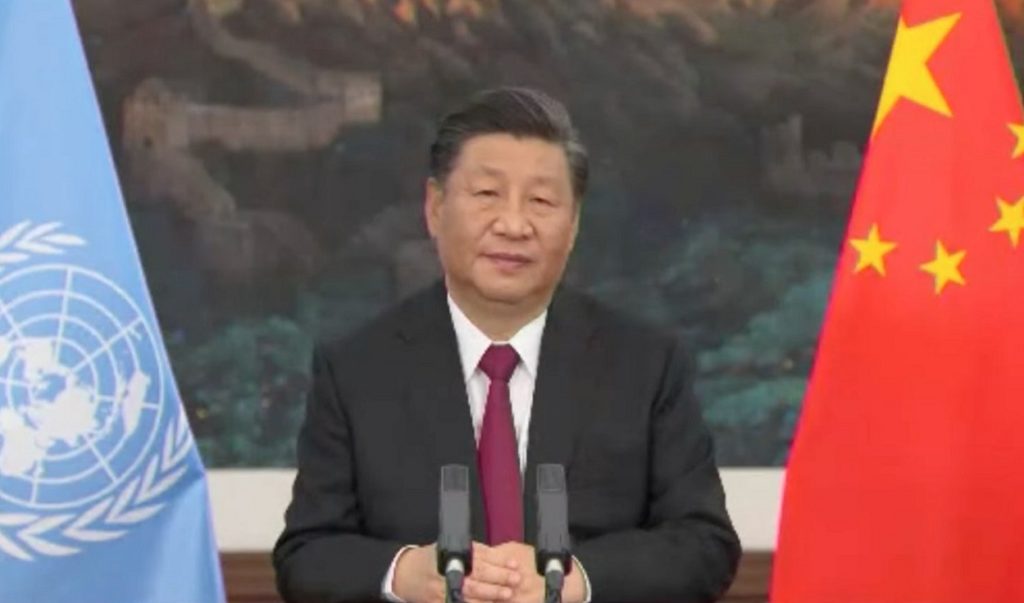
China has started building work on the first 100GW phase of a solar and wind buildout that is likely to see hundreds of gigawatts deployed in the country’s desert regions.
Speaking via video link at a United Nations Biodiversity Conference today (12 October), Chinese President Xi Jinping said construction on the initial phase, which will have an estimated capacity of 100GW, recently started in a “smooth fashion”.
Try Premium for just $1
- Full premium access for the first month at only $1
- Converts to an annual rate after 30 days unless cancelled
- Cancel anytime during the trial period
Premium Benefits
- Expert industry analysis and interviews
- Digital access to PV Tech Power journal
- Exclusive event discounts
Or get the full Premium subscription right away
Or continue reading this article for free
While the location and construction timeline of the projects, nor the total expected capacity or the number of subsequent phases, were not revealed, the scheme will represent a notable chunk of China’s ambition of reaching more than 1,200GW of installed solar and wind capacity by 2030.
The country’s progress with the projects comes after India revealed in August that its renewables capacity (excluding large hydropower plants) crossed the 100GW milestone. By comparison, the US had 169GW of installed solar and wind as of January 2021.
During his conference speech, Xi said China plans to “vigorously develop renewable energy and make faster progress” in planning and developing large-scale solar and wind projects in desert areas.
Having reached 259GW of installed solar in March, China is aiming to support the rapid development of new projects through measures unveiled earlier this year that include financial supports for companies involved in the development of solar and wind.
Following an announcement from Xi last year that China will aim to reach carbon neutrality by 2060 and peak carbon emissions before 2030, research organisation BloombergNEF has forecasted that the country’s deployed solar capacity could be 4.2TW by 2050.




